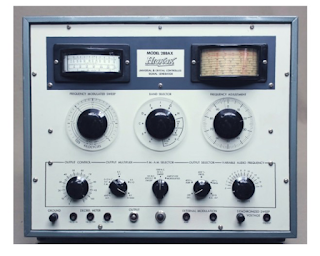A Picture Is Not Worth a Thousand Words.
A Picture Is Not Worth One Thousand Words .. For immediate release by Thomas Sammon and W. H. Jones
4/1/ 2014
A recent study has been released showing the dimensions of a Pixel as observed by the Eye. The dimension of a Pixel is normally given in inches squared. This is the actual dimension of the Pixel on a flat surface. When the Eye observes the pixel the actual dimensions with respect to the eye are unusual. This subject has not been studied because of the resolution of the eye, and other difficulties involving the shape of the Eye. The Eye is similar to a sphere that is somewhat misshaped. This paper then defines a usual or Standard Eye which is then given a standard resolution. When this Standard Eye is defined it then becomes possible to define the actual dimensions of the Pixel with respect to the Eye. Instead of inches squared the dimensions of the system including the Eye are different from that of a flat surface. It becomes radians to the power of three divided by seconds to the power of two; this is because of the actual dimensions of the Eye. The mathematics is involved, and requires using a triple integral with matrix multiplication. It has been studied for some years by William H. Jones, and Thomas Sammon who found a solution for the equations. The solution involved using matrix software which was necessary for the transformations when the Eye is included in the system. Tomas Sammon provided the matrix software which required unusual changes. The software will not be disclosed until the copyright is approved. The patent is pending.
It has been said for many years that a picture is worth a thousand words. While the saying is considered to be of American origin it may have been derived from an ancient Chinese saying which suggested that a picture was worth ten thousand words. A Japanese saying may also be involved in the derivation of the American origin. Use of the standard Eye with a complex picture containing only noise has shown that a picture actually contains a maximum of,
Maximum words per picture = g x Pi cubed, or 998.03 words per picture.
Here g is in ft. per second squared. Pi is in radians.
Words are given the normal value of five letters per word.
This is somewhat surprising because of the dimensions. It provides an actual dimension for a word, and this is quite new, but found unacceptable by some. This is normal because new findings are often met with doubt. This note is being released because peer review has been completed with positive acceptance. In this result g is not exactly 32, but instead it is 32.188. It does however have the dimensions of ft. per seconds squared. Gravity or g was then suggested as the proper usage. This then gives us the maximum value of the number of words that can be in a picture. The actual or maximum value is 998 words per picture that contains only noise. Any other picture would have a lesser number of words per picture. This result is, however, surprising because it is so close to the adage of one thousand words that has been in American usage. The Authors suggest that the publication date be noted.
Questions or Comments? Please e-mail me at whnj

Comments
Post a Comment